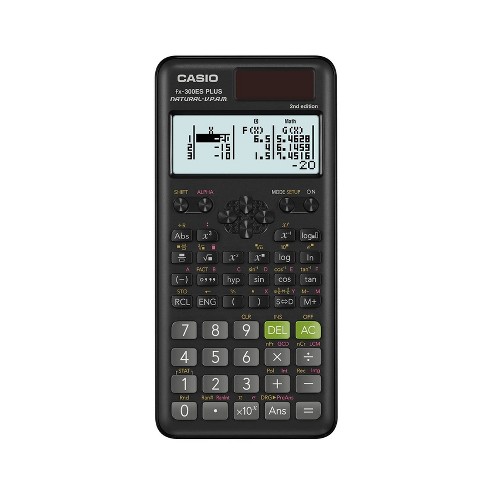
In this case, the set (-\infty,3] ensures a non-negative output for the inner function, which will in turn ensure a positive input for the composite function. Rather, you will need to first ask yourself “what is the domain of the inner function”, and determine whether this set will comply with the domain restrictions of the outer function. You cannot rely on an algorithm to find the domain of a composite function. For example, if the diameter is 16 feet, then the radius is 16 / 2 8 feet. If the diameter is given instead, first divide it by two, then repeat the above process. For example, the circumference of a circle with a radius of 4 inches is simply 2 x 3.14159 x 4 25.13 inches. It also shows that the domain of f\circ g can contain values that are not in the domain of f, though they must be in the domain of g. If the radius is given, applying the formula is straightforward. This example shows that knowledge of the range of functions (specifically the inner function) can also be helpful in finding the domain of a composite function. The domain of g\left(x\right) consists of all real numbers except x=\frac, which gives a domain of \left(f\circ g\right)\left(x\right) = (-\infty,3]. Note that the domain of f composed with g is the set of all x such that x is in the domain of g and g\left(x\right) is in the domain of f. Thus the domain of f\circ g consists of only those inputs in the domain of g that produce outputs from g belonging to the domain of f. Graph Plotter :: An Online Graphing Calculator c e i l, f l o o r, r o u n d a b s, s i g n, n e x p, l n, l o g l o g a, d / d x,,. However, we also see that g\left(x\right) must be a member of the domain of f, otherwise the second function evaluation in f\left(g\left(x\right)\right) cannot be completed, and the expression is still undefined. If we write the composite function for an input x as f\left(g\left(x\right)\right), we can see right away that x must be a member of the domain of g in order for the expression to be meaningful, because otherwise we cannot complete the inner function evaluation.

Let us assume we know the domains of the functions f and g separately. It is important to know when we can apply a composite function and when we cannot, that is, to know the domain of a function such as f\circ g. Circle Calculator Circle Calculator Choose a Calculation radius r Let pi Units Significant Figures Answer: radius r 12 in diameter d 24 in circumference C 75.3982237 in area A 452.
Calculator f circle g free#
The famous Ferris-wheel attraction is a circle, as are the wheels on your car or bike. Let f (x)g (x)/h (x), where both g and h are differentiable and h eMathHelp: free math calculator - solves algebra, geometry, calculus, statistics. Circles are used when planning athletic tracks, recreational areas, buildings, and roundabouts, so knowing their area is important in construction, landscaping, etc. Practical applicationĬircle geometry has a wide array of practical uses.

Apply the second equation to get π x (12 / 2) 2 = 3.14159 x 36 = 113.1 cm 2 (square centimeters). Regular polygons inscribedto a circlen: number of sides(1) polygon side:a2rsinn(2) polygon.

Task 2: Find the area of a circle given its diameter is 12 cm. For example, if the radius is 5 inches, then using the first area formula calculate π x 5 2 = 3.14159 x 25 = 78.54 sq in. Newtons second law states that force is proportional to what is required for an object of constant mass to change its velocity.

Task 1: Given the radius of a circle, find its area.


 0 kommentar(er)
0 kommentar(er)
